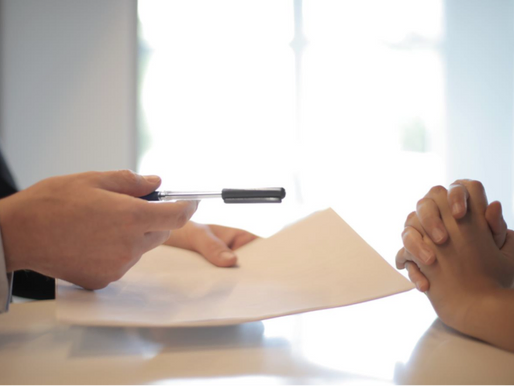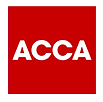The right time to opt to tax a property and whether you apply VAT to land and buildings that you own can be an important factor in your business tax planning. What are the key factors you should take into account before you “opt to tax”?
Buildings – capital goods scheme
If you spend £250,000 (plus VAT, some or all of which you reclaimed) or more on buying or constructing (including extending) a building, it falls into the capital goods scheme (CGS). But if in the ten years following the purchase or construction your business starts to make exempt supplies, or the proportion of its exempt compared with total supplies changes, the CGS comes into play and you must adjust the VAT you reclaimed on the purchase or construction.
Example – part 1. Acom Ltd makes exempt and VATable supplies in the ratio of 20%:80%. In 2021 it builds new premises for £350,000 plus VAT of £70,000. It reclaims 80% of the VAT (£56,000), i.e. the proportion which equates to its VATable supplies. Because Acom is partially exempt it must review the ratio of VATable to exempt supplies each year. If the VATable proportion increases it can reclaim more of the VAT paid on the construction costs. If the proportion of its VATable supplies reduces during the CGS period, it must repay some of the VAT it reclaimed.
VAT status changes over time
In our example, three years after construction Acom’s premises will become exempt. By itself this has no effect on its VAT position. However, the exempt status of the property becomes vitally important if Acom were to sell the building within the ten-year CGS period.
Example – part 2. After exactly six years following construction Acom moves premises again. It sells the building for £400,000. It charges no VAT because the property is exempt. The trouble is this means it must repay 4/10ths, i.e. the remaining four years of the ten-year CGS period, of the VAT it reclaimed. That’s £22,400 (£56,000 x 4/10)!
Trap. We’ve used a partially exempt business in our example, but the same principle would apply if Acom only ever made VATable supplies. In that situation it could reclaim the whole £70,000 paid on the construction costs, but have to repay 40% of it (£28,000) following the sale.
Tip. If before the sale Acom opted to tax the building, and so charged VAT on its sale, it wouldn’t be required to repay any of the VAT it originally reclaimed. But this has knock-on effects which Acom must consider before opting.
First knock-on effect – reduced market
If you opt to tax a property you must add VAT to the sale price. This will make it less attractive to buyers who are exempt or partially exempt because they won’t be able to reclaim some or all of the VAT you charge. As there are plenty of fish in the sea you might not think this a major drawback, especially if it saves you a stack of VAT.
Second knock-on effect – SDLT etc.
Stamp duty land tax (SDLT) (land and buildings transaction tax in Scotland) is charged on the VAT-inclusive price of a property. Unlike VAT, SDLT etc. can’t be reclaimed. This means opting to tax creates an extra cost for the buyer. However, you can negotiate around this. For example, the SDLT payable on Acom’s £400,000 property is £9,500. Because Acom will save £22,400 VAT by opting to tax, it could agree to foot the SDLT bill for the buyer and still be £12,900 better off.
By FL Memo









